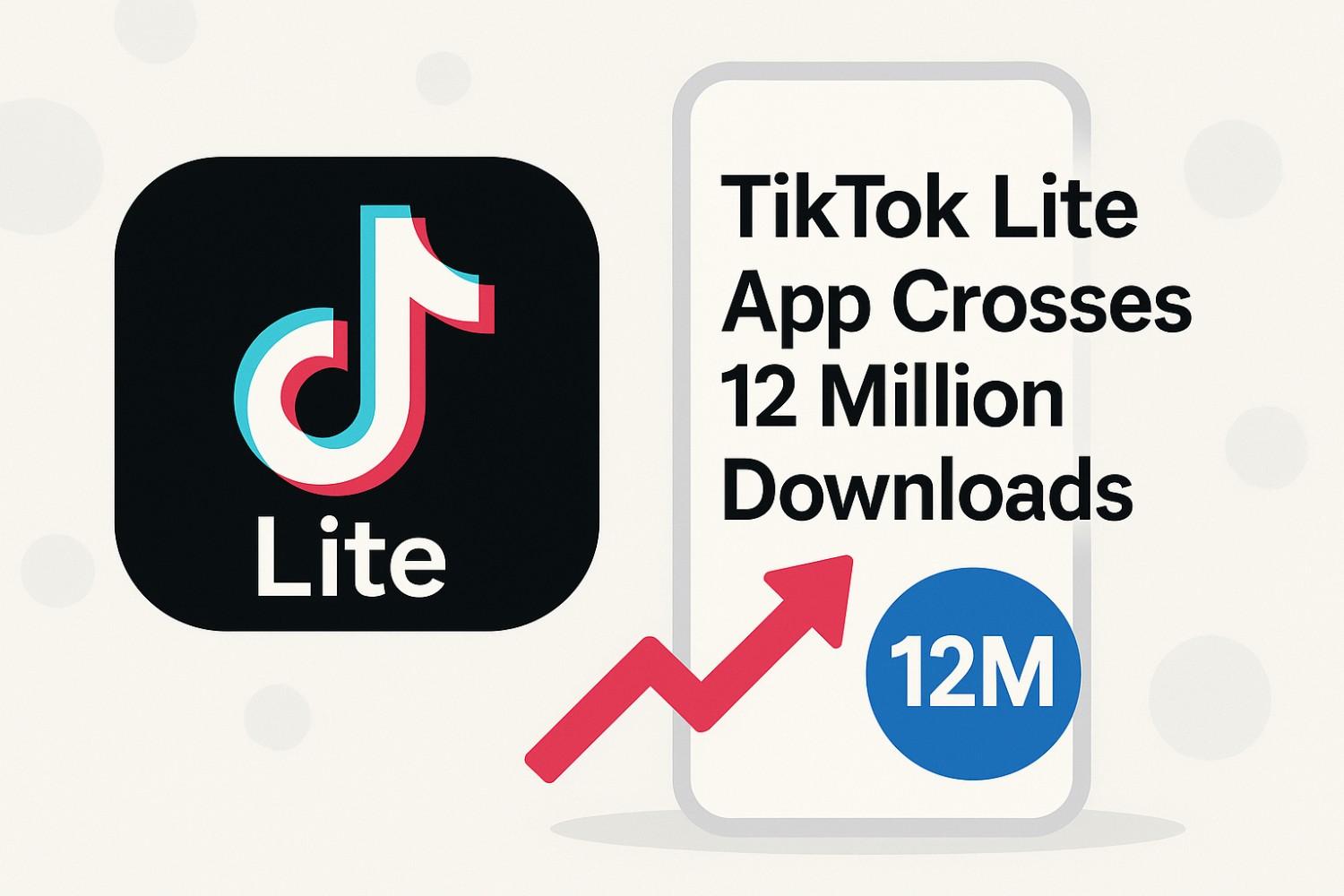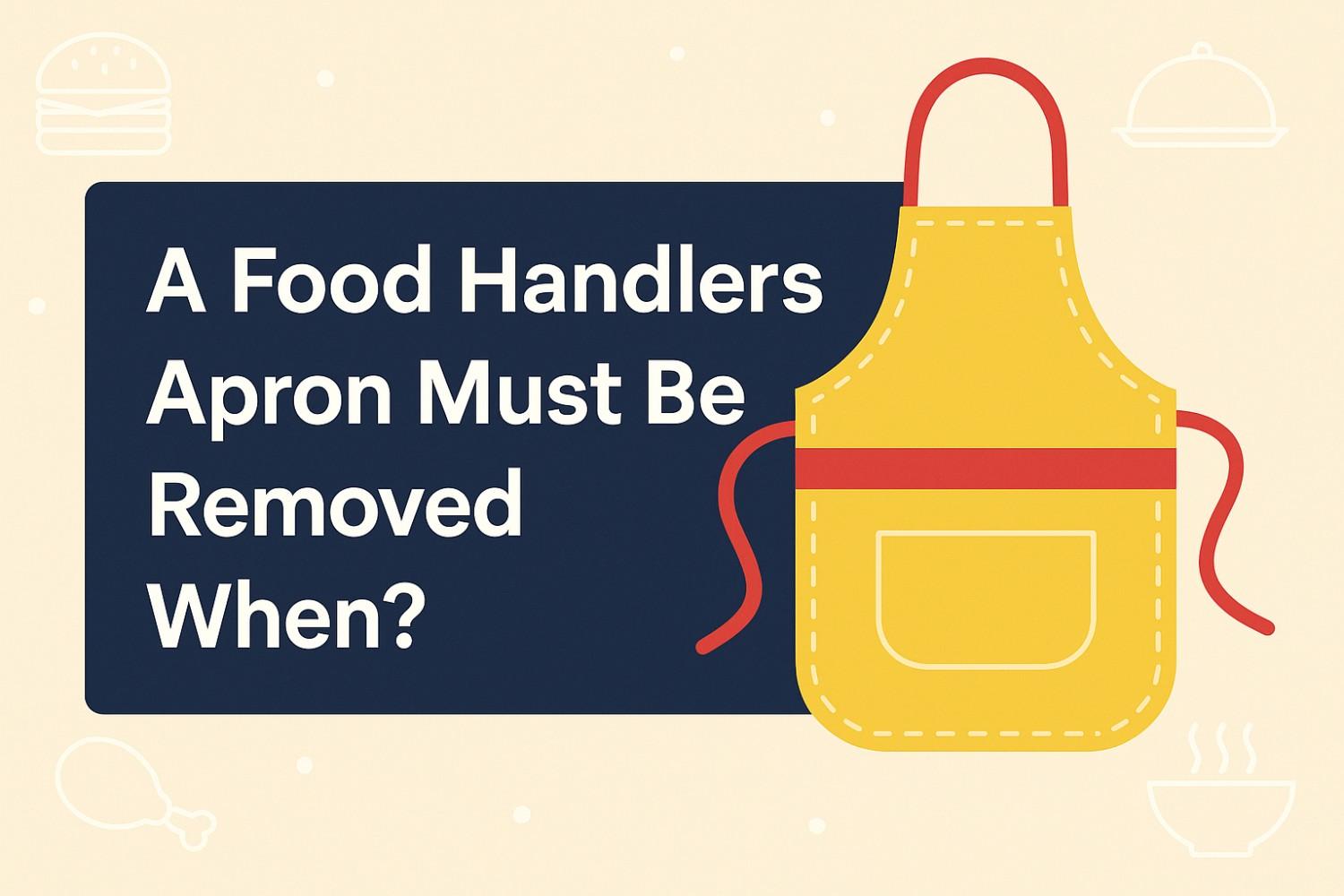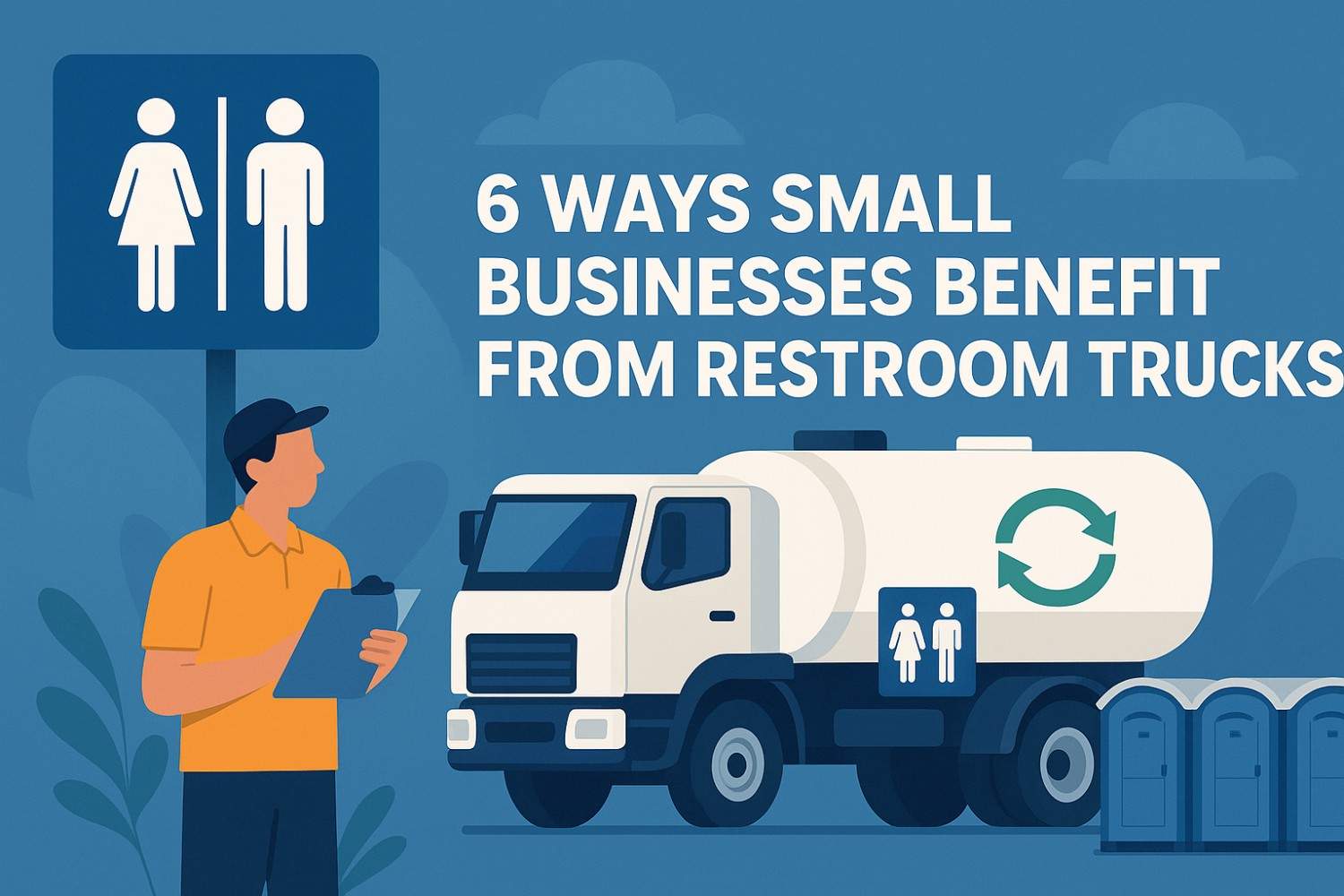The TikTok Lite app crosses 12 million downloads—a headline that first turned heads when Sensor Tower data surfaced back in early 2019. That milestone wasn’t just a vanity metric; it marked the moment TikTok’s lightweight client proved there was massive demand for a faster, smaller, lower-data path into the TikTok ecosystem—especially in emerging markets with tight bandwidth and entry-level phones.
What is TikTok Lite, and who is it for?
TikTok Lite is a stripped-down version of TikTok designed to use less storage and data while loading content quickly on lower-end devices and patchy networks. You still get the core “For You” feed and short-video experience, but the app trims heavier features to keep performance snappy. Even TikTok’s own support docs position Lite as an “alternative way to experience TikTok while consuming less data,” which is exactly why it spread rapidly in bandwidth-constrained markets.
Why did the TikTok Lite app cross 12 million downloads so fast?
When TikTok Lite app crosses 12 million downloads (within roughly six months of launch), it’s not just about hype. Three practical factors drove adoption:
- Frictionless install: Smaller APK size and faster load times helped users with limited storage or older Android builds.
- Data sensitivity: Lite reduced data consumption, a huge advantage where mobile data is costly.
- Top-of-funnel growth: Lite acted as a low-barrier gateway into TikTok’s content graph, expanding reach into regions where the full app struggled. TechCrunch and other outlets confirmed the early 12M milestone, underscoring real demand for a “lite” pathway.
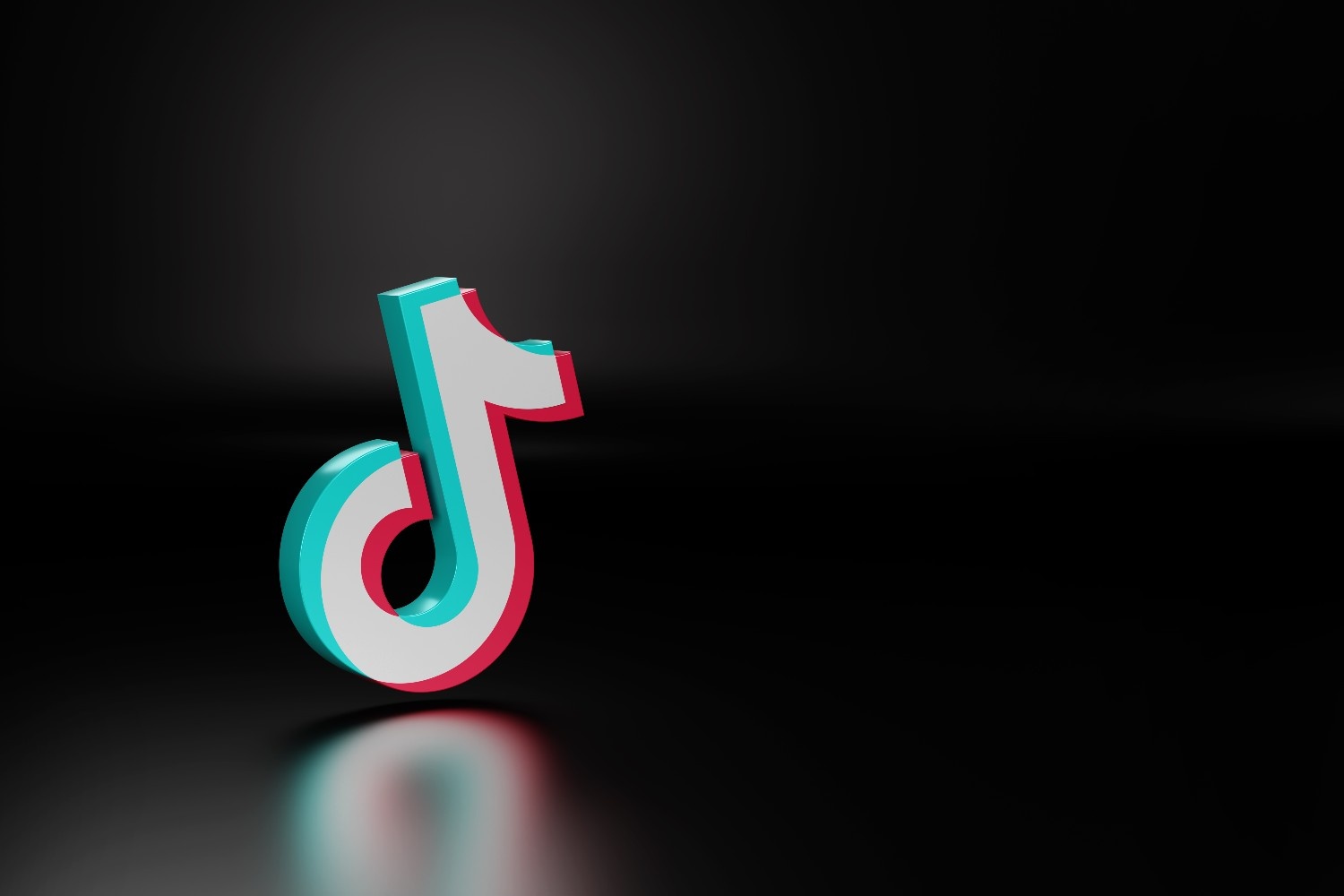
How has TikTok Lite evolved since that first milestone?
Download momentum didn’t stop at 12M. In mid-2025 datasets tracking global app charts showed TikTok Lite ranking among the most-downloaded apps on Google Play (e.g., 32M downloads in July 2025 on Android alone), signaling that Lite remains a growth lever in mobile-first markets. Meanwhile, the Play Store listing reflects frequent updates and ongoing feature polish.
Key takeaway: the “lite” strategy matured from a one-off growth hack into a sustained distribution channel—especially where network constraints, device price points, and data costs still shape user behavior.
TikTok vs. TikTok Lite: what’s different (and why that matters)
- Performance & footprint: Lite prioritizes smaller size and speed; the main app offers fuller creation and editing features.
- Feature scope: Historically, some creation tools and controls have been limited or absent in Lite to keep the app lean. (Earlier coverage noted watch-first tradeoffs in Lite builds.)
- Safety & controls: Investigative reporting has raised concerns that Lite versions can lag on certain safeguards (e.g., AI-labeling, safety warnings, time-management tools) relative to the flagship app—an important consideration for policy and brand safety teams. TikTok disputes uneven standards, but the scrutiny remains.
Where TikTok Lite wins: markets, moments, and use cases
- Bandwidth-constrained regions: Lite thrives where 3G/unstable 4G still dominate.
- Entry-level devices: Users with 32–64 GB phones (or crowded storage) get a smoother experience.
- Low-commitment onboarding: First-time users try TikTok’s content loop with less friction, then some graduate to the full app.
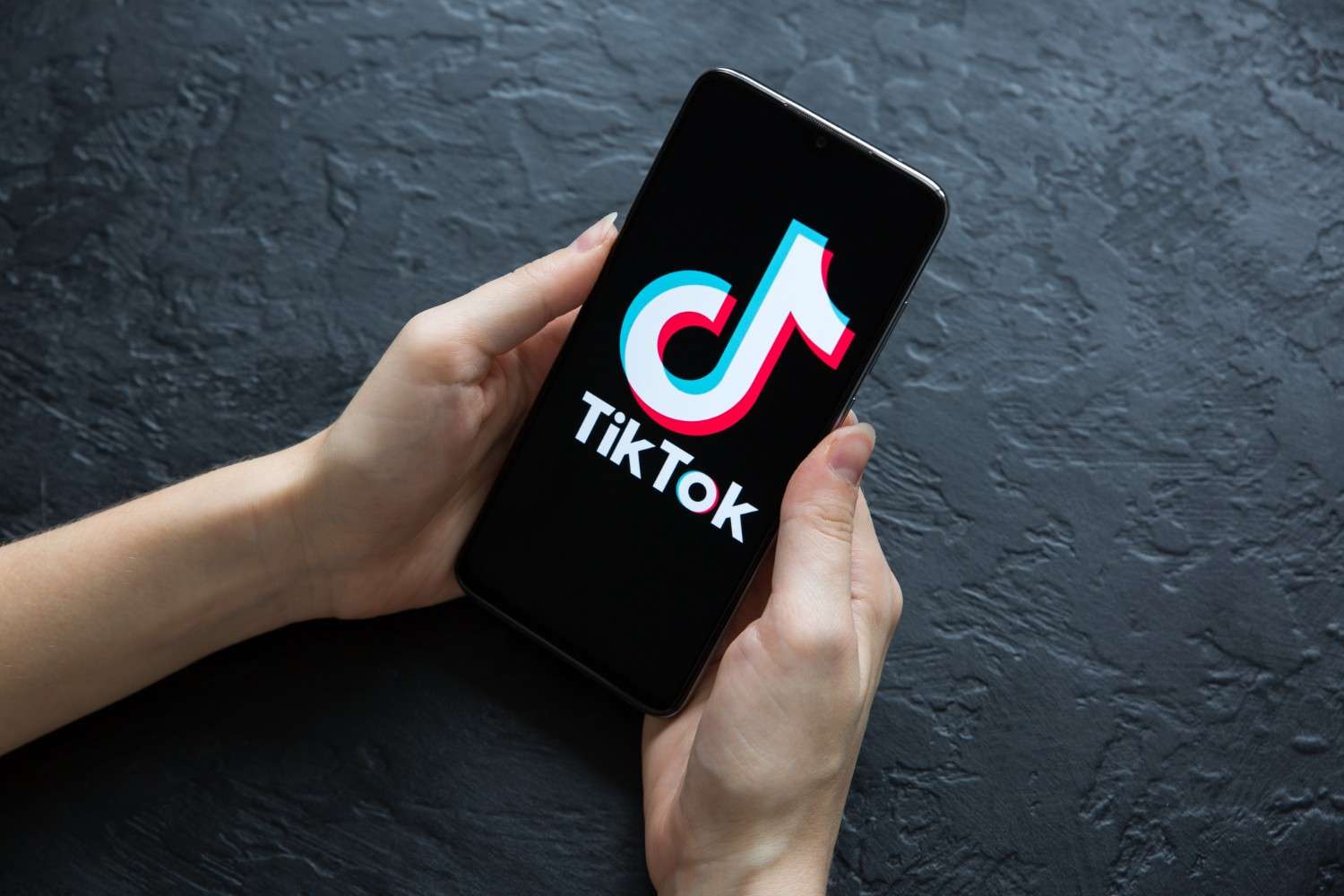
ASO & SEO lessons from top-performing coverage
When you study the best-performing news and analysis posts about TikTok Lite’s rise, a few patterns repeat:
- Lead with a crisp metric: Put the milestone (e.g., “12 million downloads in ~6 months”) in the first screen of text. Sources like TechCrunch did this effectively, earning shares and links.
- Contextualize the number: Compare Lite adoption to overall TikTok momentum and to broader app-store trends (e.g., monthly leaderboard snapshots).
- Explain user value: Spell out why Lite matters—storage, speed, and data savings.
- Address trust & safety: Acknowledge safeguards and reported gaps to build credibility with readers and regulators alike.
- Refresh with recent data: Even if your hook is the 12M milestone, keep the post current with up-to-date rankings and version notes.
Frequently Asked Questions
1. Is TikTok Lite available on the Google Play Store in my country?
Availability varies by region and policy. The Google Play listing is active and frequently updated, but some countries may not see the app due to local regulations or store policies. Check your local Play Store page for the most accurate status.
2. How much data and storage can TikTok Lite save compared to TikTok?
Lite is engineered to use less storage and reduce data consumption versus the full app by trimming heavier features and assets. Exact savings depend on your viewing habits and network conditions, but the “consume less data” design is core to Lite’s value proposition.
3. Can I create and edit videos in TikTok Lite?
Creation tools have historically been more limited in Lite to preserve speed and size. While capabilities evolve over time, users who need the richest editing suite often switch to the main app. Early reporting highlighted watch-first limitations; always check the latest release notes.
4. Is TikTok Lite as safe as the regular TikTok app?
TikTok says it maintains safety standards across versions, but external research has questioned parity on certain features (e.g., labeling AI-generated content, some protective modes). If safety controls are critical for you or your family, review settings in your installed version and consult TikTok’s help resources.
The bottom line: TikTok Lite app crosses 12 million downloads—and keeps proving its purpose
The fact that the TikTok Lite app crosses 12 million downloads so quickly wasn’t an isolated blip; it was an early signal that a lighter, faster path into TikTok could unlock new audiences and geographies.
Years later, Lite still shows up on monthly download leaderboards and receives regular updates in the Play Store—evidence that “lite” isn’t a side project; it’s a strategic on-ramp for the world’s most bandwidth-sensitive users. If you’re optimizing content or product for similar markets, borrow TikTok’s playbook: minimize friction, respect data limits, and keep the core experience intact.
Sources: Early 12M-download confirmations and analysis; Play Store listing and support docs for feature positioning; recent global download rankings; and independent reporting on safety considerations.

